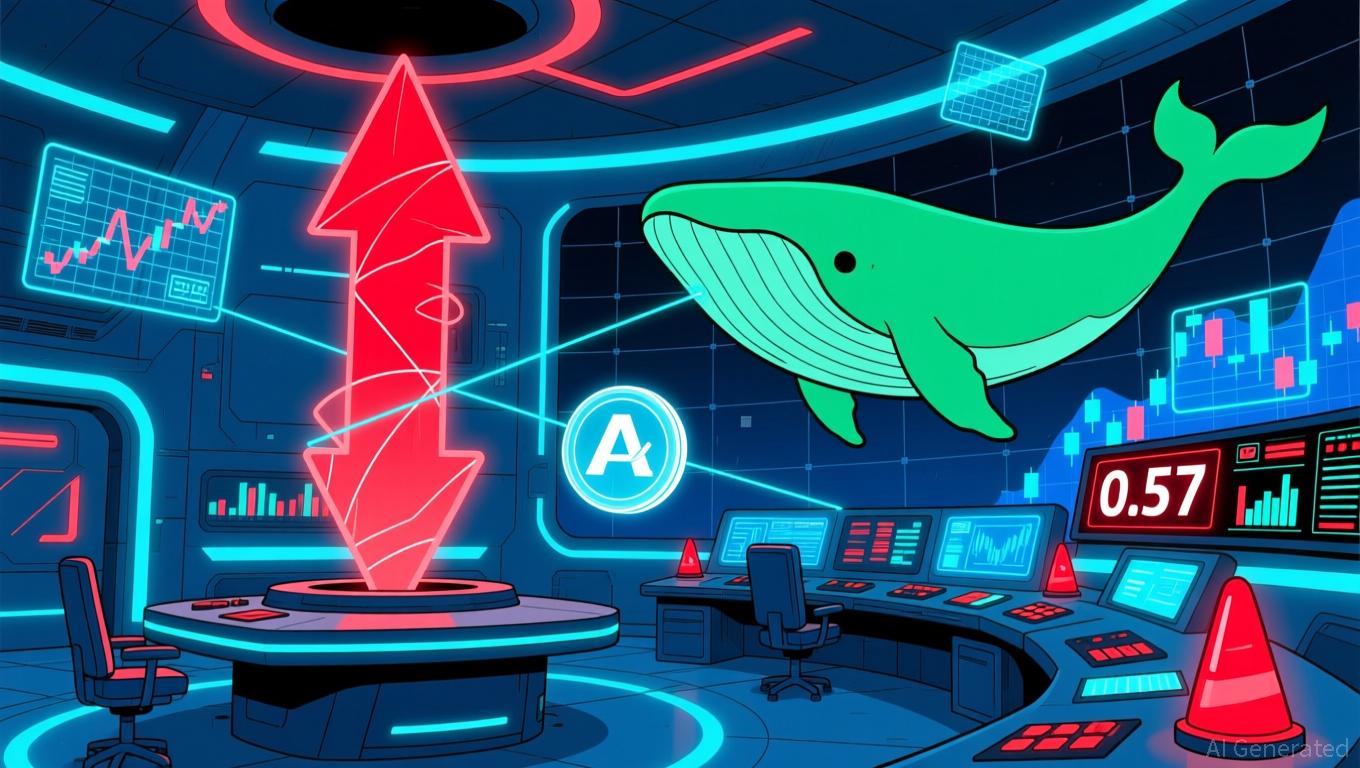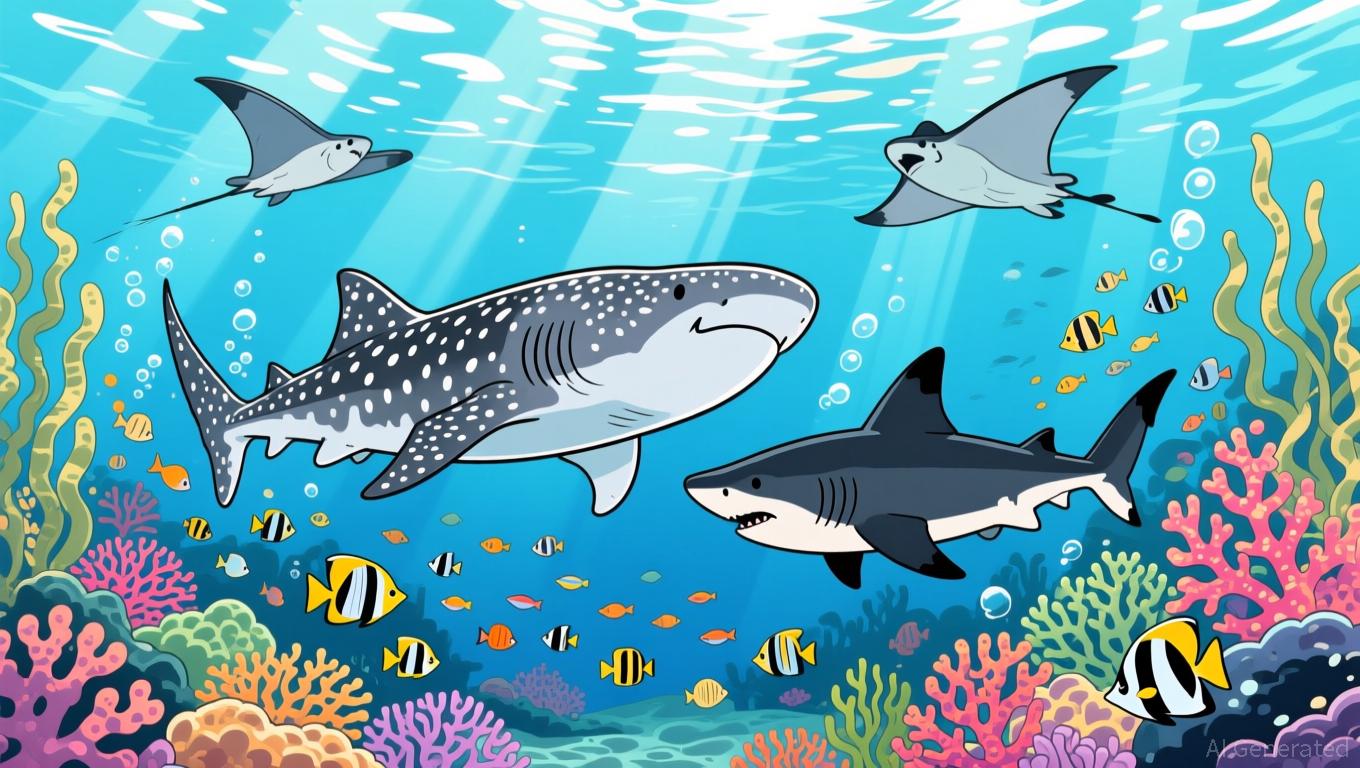Startale and Sony Launch Soneium Ethereum Layer 2 Super App
- The Soneium app aims to boost Sony’s blockchain ecosystem.
- Closed beta testing status remains unannounced.
- Potential increase in Ethereum utility expected.
Startale and Sony Blockchain Solutions Lab launched the Soneium super app to expand Sony’s blockchain ecosystem. This app, key to the Ethereum Layer 2 network, aims to enhance blockchain adoption and remains in closed beta testing.
The Soneium super app’s launch is important as it might drive mainstream blockchain adoption, enhancing utility for Ethereum assets. Immediate market reactions, however, remain limited due to the app’s private beta testing phase.
Startale, known for blockchain innovations, has teamed with Sony Blockchain Solutions Lab to introduce the Soneium super app. This venture marks a pivotal enhancement for Sony’s Ethereum Layer 2 ecosystem, aligning with broader adoption goals.
Principal stakeholders include Startale Labs and Sony Blockchain Solutions Lab, with leadership under Sota Watanabe, a recognized figure in Japanese blockchain. This collaboration signifies a strategic shift towards a unified blockchain platform. As stated by Sota Watanabe, Founder and CEO of Startale Labs:
“Startale App was designed to remove the final barriers to mainstream blockchain adoption” ( Startale Project Blog )
As the Soneium ecosystem is built on Ethereum, its launch is likely to elevate Ethereum’s utility across the blockchain industry. While no immediate market impacts are reported, anticipations are high for future on-chain data releases.
Potential technological advancements include introductions of future Soneium tokens, aligning with integration strategies seen on Astar Network platforms. Positive regulatory or industry shifts remain speculative.
Although current testing of the Soneium app remains closed, enthusiasts and stakeholders are watching closely for further developments through primary channels like Twitter and official websites ( Stakeholders monitor development via Twitter ).
Disclaimer: The content of this article solely reflects the author's opinion and does not represent the platform in any capacity. This article is not intended to serve as a reference for making investment decisions.
You may also like
ALGO Falls 1.74% as 1-Month Results Remain Subdued
- Algorand (ALGO) dropped 1.74% on Nov 24, 2025, extending its 1-month decline to 20.35% amid sustained bearish sentiment. - The token’s annual price has fallen 57.76% from its peak, driven by macroeconomic volatility and uncertainty over potential interest rate cuts. - No ALGO-specific news or on-chain developments were reported, with price movements linked to broader economic factors and risk appetite shifts. - Analysts warn the bearish trend may persist unless major upgrades emerge, urging investors to

Aave News Today: The Two Sides of DeFi: Aave's Expansion Increases Volatility Concerns
- Aave's AAVE token faces volatility risks near 0.57 support level, with whale accumulation and leveraged positions amplifying short-term instability. - A major Aave whale added 24,000 AAVE tokens (total 276,000) at $165 average cost, but remains vulnerable to repeat October 11 liquidation risks. - A $80M WBTC long position on Aave approaches $65,436 liquidation threshold, threatening forced selling and downward price pressure. - Tangem's Aave-integrated stablecoin yield feature highlights protocol's DeFi

Chainlink: The Bridge Connecting Crypto Isolates with Wall Street
- Grayscale positions Chainlink (LINK) as critical infrastructure linking crypto and traditional finance, citing its role in tokenization, cross-chain settlement, and RWA integration. - LINK's modular middleware enables secure data access and compliance, elevating it to the largest non-layer 1 crypto asset by market cap (excluding stablecoins). - Grayscale highlights Chainlink's partnerships with S&P Global and FTSE Russell, alongside a $35.6B tokenized asset market, as catalysts for institutional blockcha

CITES and Instant DNA Technology Aim to Uncover Covert Shark Trade and Prevent Species Disappearance
- CITES CoP20 in Uzbekistan proposes historic protections for 12 shark/ray species via Appendix I listings and stricter Appendix II monitoring. - Genetic testing reveals illegal shark trade volumes exceed official records by 10-70x, with Hong Kong as a key trafficking hub despite zero-export claims. - Portable DNA tools now enable real-time identification of 38 CITES-listed species, aiding enforcement in Indonesia, Ecuador, and other source countries. - Experts stress CITES is critical to prevent extinctio
